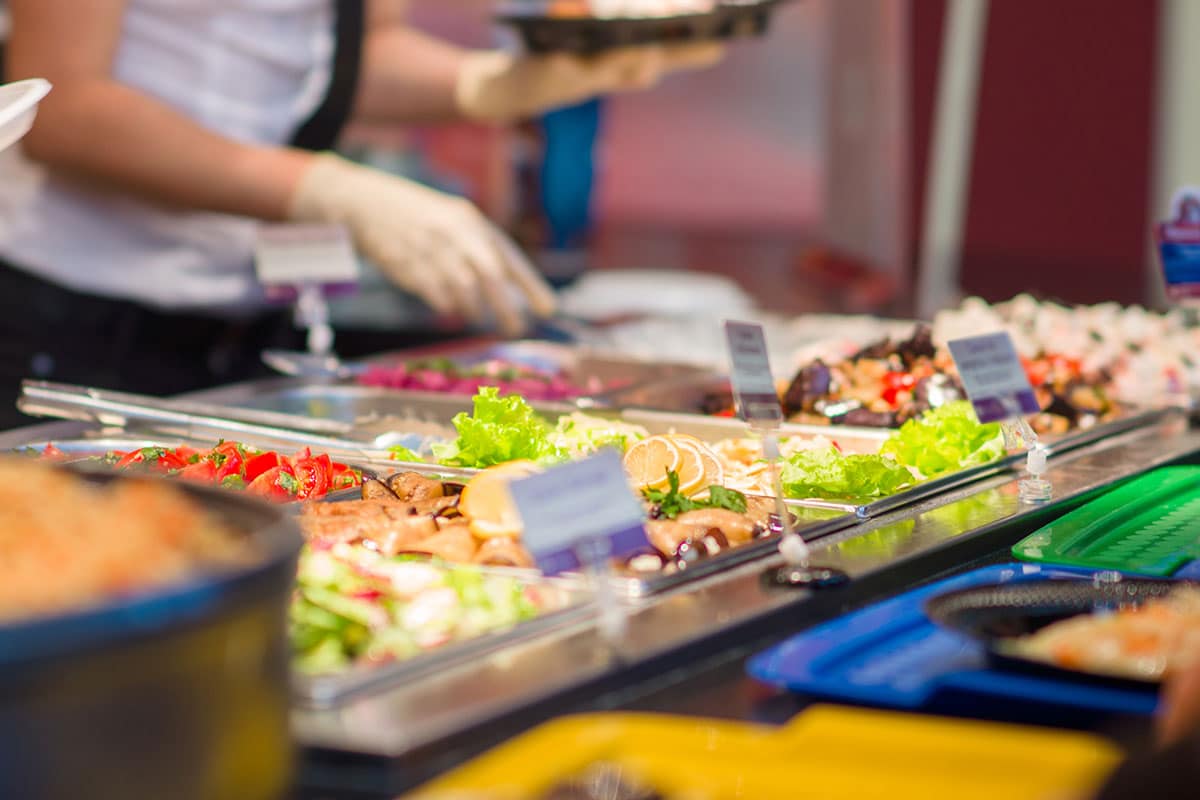The pandemic brought about many once-in-a-generation strategic decision moments for the restaurant industry: As dining rooms sat empty, focus abruptly shifted to bolstering drive thru and curbside pickup efforts, and now that people are back, finding labor for all positions is almost impossible.
As a result, many restaurant operators keep putting off important maintenance and capital projects for their non-cooking systems and customer-facing interior spaces during the past year. Now that dining rooms are beginning to reopen, some realize their restaurants need extensive repairs, upgrades, and energy efficiency improvements.
“Restaurant operators have been so busy thinking about how to expand direct food delivery that they now realize instore infrastructure also needs to be addressed in a hurry,” says Matt Nemerson, vice president of strategic partnerships at the energy services company Budderfly.
For example, depending on the brand’s operational model, refrigeration makes up 10 to 20 percent of a quick-service restaurant’s overall energy usage and costs, while HVAC can account for another 20 to 40 percent. Because cooking equipment generates a great deal of heat, cooling costs are always some of the biggest expenses that restaurants encounter. In general, quick serves use four to six times the overall electrical load per square foot as other commercial environments.
Budderfly’s Energy Efficiency as a Service (EEaaS) model can be a game changer for labor and cash-strapped restaurants amid rebuilding their indoor dining capacity and getting expenses under control. Rather than pay for expensive upgrades themselves, Budderfly contracts with restaurant operators to manage and actually outsource all of their energy services.
This includes installing new or upgraded HVAC, energy-efficient lighting, refrigeration equipment, ventilation, water heating, and other energy-saving features, all of which help lower restaurants’ energy bills. Even cooking lines can be electrified and modernized. Budderfly continuously monitors and maintains this equipment inside the restaurant and only makes money by generating the energy reductions in use for the restaurant—there is no cost or risk to the operator.
“A lot of brands and franchise groups in the restaurant industry are looking very seriously at outsourced energy efficiency—something that hasn’t been done in the past except by huge institutions,” Nemerson says.
That said, operators should choose their EEaaS provider wisely. Most companies in the space focus on buildings 100,000-square-feet or larger, which house corporate headquarters, industrial facilities, and large institutions. But while a typical office building uses $2 per square foot in energy, the typical quick-service or fast-casual restaurant uses between $8–12 per square foot.
“It takes a very different approach and understanding of the systems and interplay in small, intense energy use locations,” Nemerson says. “Another important factor is the learning curve that quick-serve restaurants offer once you’ve done a few thousand sites. Their buildings are similar, people tend to own more than one, and they need and offer some consistency of layouts within the brand.”
This offers a lucrative opportunity for operators to partner with companies like Budderfly to quickly begin reducing energy waste without paying a cent out of pocket. In addition to low risk, operators can rest assured that an experienced EEaaS provider is on the case.
“A local HVAC installer may be your golf buddy, but he or she may not know the intricacies and specific needs of your quick-serve environment or even be familiar with newest most efficient model and how it works or sends data,” Nemerson says. “We have over 2,000 restaurant, quick-service, and fast-casual client sites and are adding about one a day somewhere in the USA and Canada, so we have the deepest knowledge and relationships with all the relevant top-end equipment suppliers and installers.”
Budderfly’s services are available to restaurants in all 50 states, and it can do jobs as small as one store or across hundreds of locations.
Quick-serve restaurant owners have so many truly mission critical jobs to do these days that outsourcing a major headache—whether it’s payroll and scheduling or the energy and environment systems that we do—is such a relief. It’s pushing Budderfly to be one of the fastest growing energy companies in the country.”
To learn more about energy cost savings and preparing your restaurant for reopening, visit the Budderfly website.
By Davina van Buren













